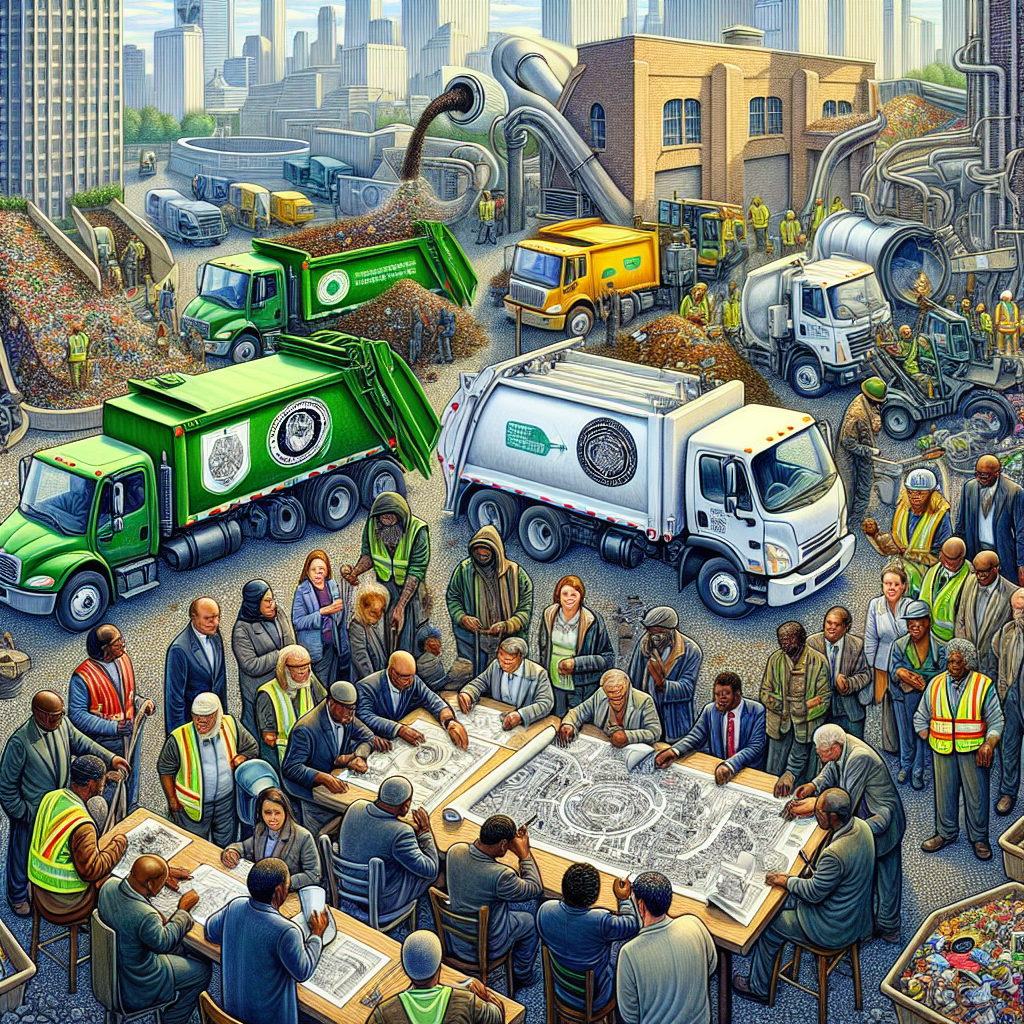Invisible Wounds: The Hidden Toll of India's Sanitation Workers
The harrowing experiences of India's sanitation workers often go unnoticed, with fatalities drawing attention but survivors remaining invisible. Sanjay's ordeal from 2020 reflects this grim reality. Despite legal frameworks for compensation, injured workers like Sanjay face bureaucratic hurdles and lack of accountability, perpetuating a cycle of neglect and poverty.

- Country:
- India
On a chilly February morning in 2020, Sanjay, a sanitation worker from Delhi's Seemapuri, responded to an urgent call to fix an overflowing sewer ahead of a political rally. Despite a promise of Rs 300, the task turned tragic.
Only one of the three men who descended into the toxic pit survived. Sanjay awoke 13 days later in a hospital, having narrowly escaped death from sewer gas poisoning. He now suffers chronic health issues and financial instability, with no compensation or official acknowledgment of his ordeal.
Advocate Areeb Uddin Ahmed notes the legal ambiguities surrounding compensation for injured sanitation workers. While deaths receive attention and compensation, injuries are often overlooked. Mechanisms like the NAMASTE scheme exist but lack effective implementation, leaving many like Sanjay without the safety net they desperately need.
(With inputs from agencies.)
ALSO READ
Chhattisgarh HC Orders Compensation in Custodial Death Case
Rs 21.63 Lakh Compensation Granted in 2019 Road Accident Case
Supreme Court's Guiding Light: Balancing Compassion and Regulation in Railway Compensation
Putin Pledges Compensation for Azerbaijan Airlines Tragedy
Exploring the Controversies Behind Elon Musk's Record-Breaking Compensation Package










